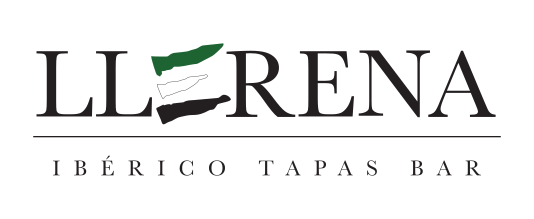When creating a delicious tapas board, you have to include some famous cured Spanish ham. But with several types to choose from when looking at an online Spanish deli, it is hard to know which your guests will enjoy the most.
The two main Spanish hams are jamon Serrano and jamon Iberico, but what exactly is the difference?
Jamon Serrano is perhaps the one you’ll be most familiar with, as it makes up 90 per cent of Spain’s ham production.
It comes from white pigs, particularly Duroc, Pietrain and Landrace species. These pigs are fed on grain and raised on farms.
The meat is then covered in salt and cured for between eight and 18 months, leaving it to age for a rich flavour. To serve, it is shaved into thin slices, and is characterised by its firm texture and rich red colour.
Jamon Iberico, on the other hand, is far scarcer, making it more sought after. Accounting for just one-tenth of the Spanish ham trade, jamon Iberico is only authentic if made from the Iberian pig.
This means it can only be produced to an area in south-western Spain and south-eastern Portugal, where breeding is restricted. Many of these pigs do not live on the farm but can roam freely throughout the countryside. Therefore, their diet is not just grains, but acorns too.
The meat is cured for between 14 and 36 months, allowing a lot of the fat to dissolve over time. The marbled fat that does remain contains mono triglycerides that melt when at room temperature, giving it its succulent texture.

